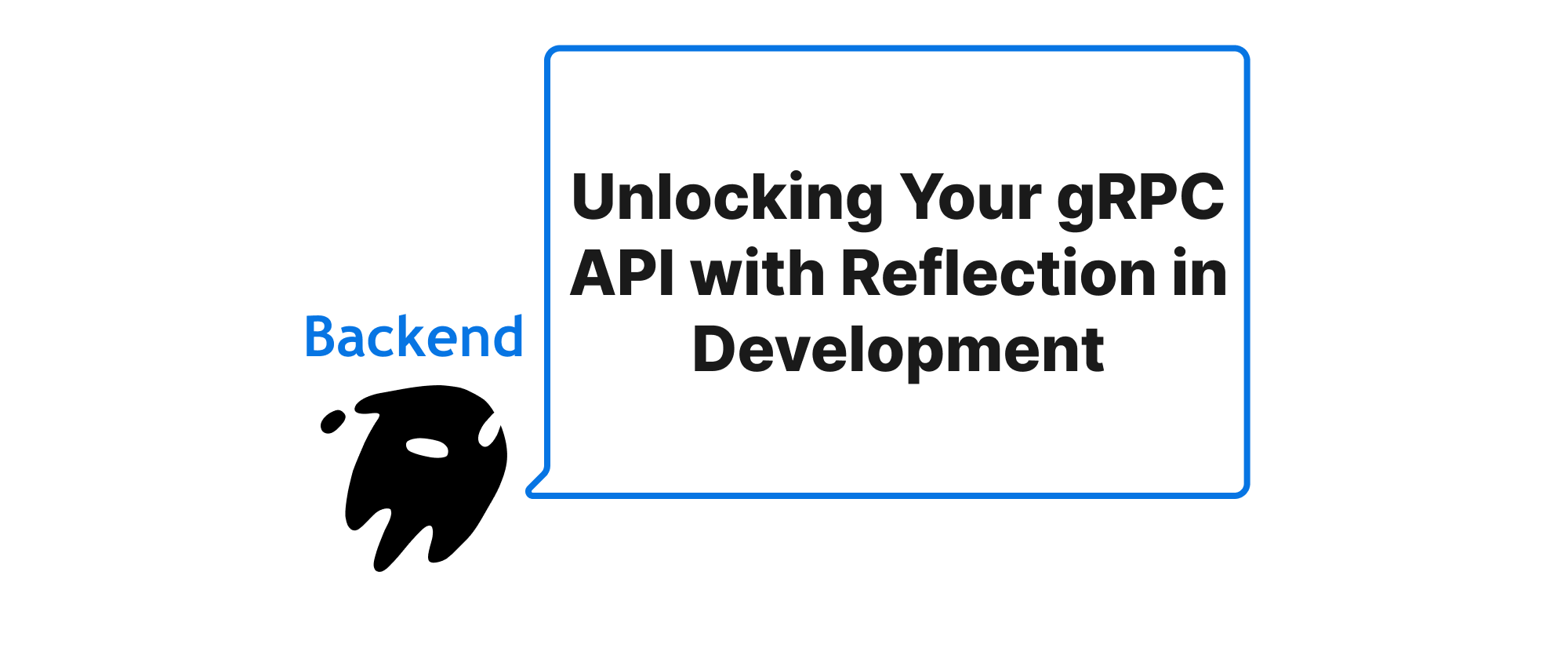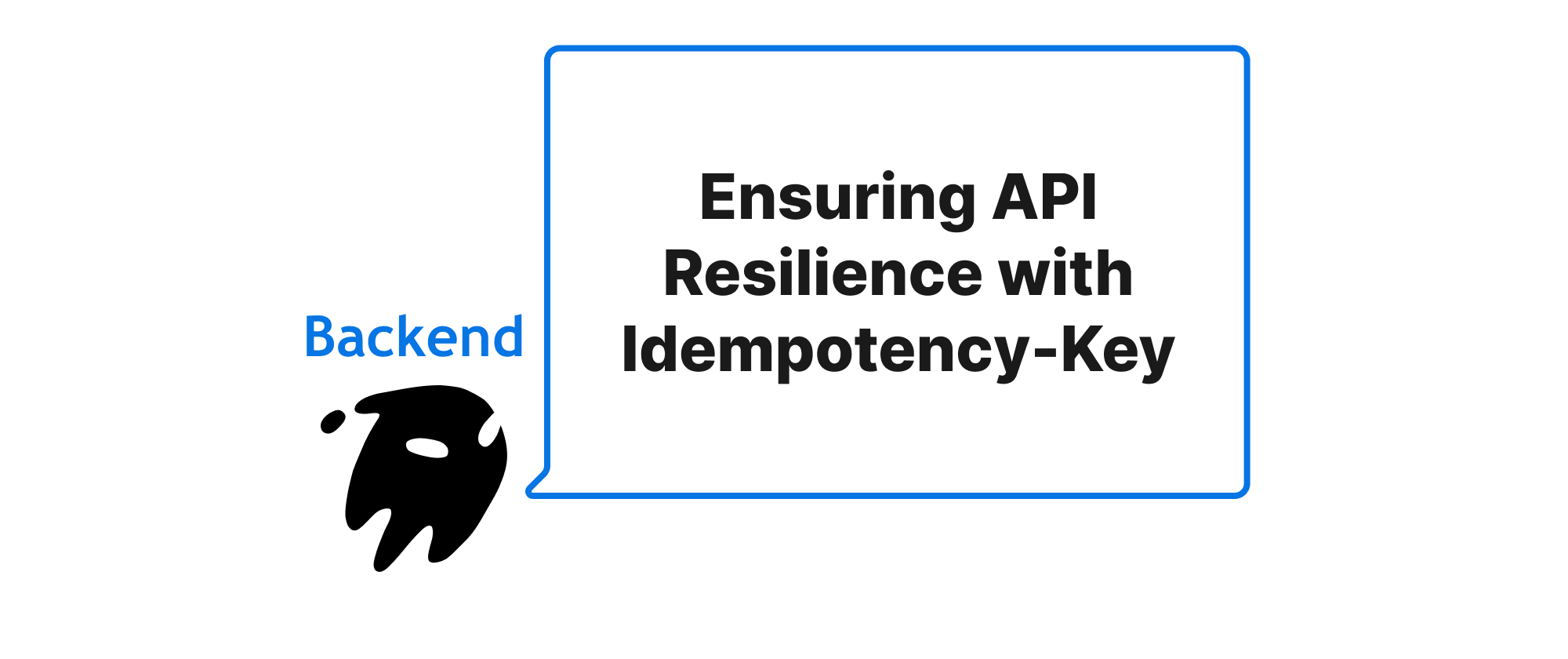Streamlining Microservice Integration Testing with Consumer-Driven Contracts
Ethan Miller
Product Engineer · Leapcell

Introduction
In the rapidly evolving landscape of distributed systems, microservices have become the de facto architecture for building scalable and resilient applications. However, this architectural paradigm introduces a significant challenge: ensuring seamless communication and compatibility between independently deployed services. Traditional integration testing often requires setting up and running an entire microservice cluster, which can be time-consuming, resource-intensive, and prone to flakiness. This overhead significantly slows down development cycles and makes continuous integration and deployment difficult. This article delves into a powerful technique that addresses this very problem: Consumer-Driven Contract Testing, specifically using Pact.io. We'll explore how this approach allows teams to verify API compatibility efficiently, ensuring that consumers and providers adhere to agreed-upon contracts without the need for a fully spun-up environment.
The Power of Contracts
Before diving into the specifics of Pact.io, let's establish a clear understanding of the core concepts involved:
- Microservices: An architectural style that structures an application as a collection of loosely coupled, independently deployable services. Each service typically focuses on a specific business capability.
- API (Application Programming Interface): A set of defined rules that enable different software applications to communicate with each other. In microservices, APIs are the primary means of inter-service communication.
- Integration Testing: A type of software testing that verifies the interactions between different units or components of a system. In a microservice context, this often means testing how different services communicate.
- Consumer-Driven Contract Testing: A testing methodology where the consumer of an API defines the "contract" or expected interactions with the provider. The provider then uses this contract to verify that it meets the consumer's expectations. This ensures that changes on the provider side don't break the consumer without an explicit contract violation.
The fundamental principle of consumer-driven contracts is to reverse the traditional power dynamic. Instead of the provider dictating the API, the consumer explicitly states what it needs. Pact.io is a popular framework that facilitates this process.
How Pact.io Works
Pact.io operates on a simple, yet powerful, three-step process:
- Consumer Test Generation: The consumer service writes tests that define the expected interactions with the provider. These tests simulate requests to the provider and assert the expected responses. Pact.io captures these interactions and generates a "Pact file" – a JSON document representing the contract.
- Pact File Publication: The generated Pact file is published to a central repository, often called a Pact Broker. This broker acts as a single source of truth for all contracts.
- Provider Verification: The provider service retrieves its relevant contracts from the Pact Broker and verifies that its actual API implementation conforms to these contracts. This verification process runs as part of the provider's build pipeline.
Let's illustrate this with a simplified example. Imagine two services: a OrderService (consumer) and a ProductCatalogService (provider). The OrderService needs to retrieve product details from the ProductCatalogService.
Consumer Code Example (using JavaScript with Pact.js)
// order-service/tests/contract/product-catalog.spec.js const { pact, provider } = require('@pact-foundation/pact'); const ProductServiceClient = require('../../src/ProductServiceClient'); // Our consumer client describe('ProductCatalogService Integration', () => { let client; beforeAll(() => { // Configure Pact mock server return provider.setup(); }); afterEach(() => provider.verify()); afterAll(() => provider.finalize()); it('should be able to get a product by ID', async () => { const expectedBody = { id: 'P123', name: 'Laptop', price: 1200.00 }; await provider.addInteraction({ uponReceiving: 'a request for a product by ID', withRequest: { method: 'GET', path: '/products/P123', headers: { 'Accept': 'application/json' }, }, willRespondWith: { status: 200, headers: { 'Content-Type': 'application/json' }, body: expectedBody, }, }); client = new ProductServiceClient(provider.mockService.baseUrl); const product = await client.getProductById('P123'); expect(product).toEqual(expectedBody); }); });
In this consumer test:
- We're using
@pact-foundation/pactto set up a mock provider. provider.addInteractiondefines the contract: when the consumer makes aGETrequest to/products/P123, the mock server should respond with a specific JSON body and status.- The
ProductServiceClientthen makes the actual call to this mock server, and its response is asserted. - After the test runs, Pact.js generates a
product-catalog-service-order-service.jsonfile in thepactsdirectory.
Provider Code Example (using Spring Boot with Pact JVM)
// product-catalog-service/src/test/java/com/example/ProductCatalogServicePactVerificationTest.java package com.example; import au.com.dius.pact.provider.junit5.HttpTestTarget; import au.com.dius.pact.provider.junit5.PactVerificationContext; import au.com.dius.pact.provider.junit5.PactVerificationProvider; import au.com.dius.pact.provider.junitsupport.Provider; import au.com.dius.pact.provider.junitsupport.loader.PactBroker; import org.junit.jupiter.api.BeforeEach; import org.junit.jupiter.api.TestTemplate; import org.junit.jupiter.api.extension.ExtendWith; import org.springframework.boot.test.context.SpringBootTest; import org.springframework.boot.test.web.server.LocalServerPort; @Provider("ProductCatalogService") // Name of our provider @PactBroker(host = "localhost", port = "9292") // Where your Pact Broker is running @SpringBootTest(webEnvironment = SpringBootTest.WebEnvironment.RANDOM_PORT) @ExtendWith(PactVerificationProvider.class) public class ProductCatalogServicePactVerificationTest { @LocalServerPort private int port; @BeforeEach void setUp(PactVerificationContext context) { context.setTarget(new HttpTestTarget("localhost", port)); } @TestTemplate void pactVerificationTest(PactVerificationContext context) { context.verifyInteraction(); } }
In the provider test:
@Provider("ProductCatalogService")identifies this service as the provider.@PactBrokerspecifies where to fetch the contracts.@SpringBootTest(webEnvironment = SpringTest.WebEnvironment.RANDOM_PORT)starts the actual Spring Boot application on a random port.- The
setUpmethod configures Pact to point to this running instance. context.verifyInteraction()then tells Pact to retrieve contracts from the broker and make real requests to the actual runningProductCatalogServicebased on those contracts, asserting that the responses match the defined contract.
This demonstrates how the provider can be tested against the consumer's expectations without needing the OrderService itself to be running.
Application Scenarios and Benefits
Consumer-driven contract testing shines in several scenarios:
- Microservice Ecosystems: Its primary use case, enabling independent development and deployment of services while maintaining compatibility.
- API Gateways: Ensuring the gateway correctly routes and transforms requests according to service contracts.
- Third-Party Integrations: Defining contracts with external APIs to catch breaking changes early, although often the external party may not adopt Pact.io for verification.
The key benefits include:
- Early Detection of Breaking Changes: Contract violations are caught in the provider's build pipeline, preventing issues from reaching production.
- Reduced Integration Test Complexity: Eliminates the need to spin up entire microservice clusters for compatibility testing, saving time and resources.
- Faster Feedback Loops: Developers get immediate feedback on API changes, accelerating development.
- Clear API Communication: Contracts serve as living documentation, explicitly defining API expectations between teams.
- Improved Trust and Collaboration: Fosters a collaborative environment where teams confidently make changes, knowing compatibility is ensured.
Conclusion
Consumer-driven contract testing with Pact.io offers a elegant and efficient solution for managing API compatibility in microservice architectures. By shifting the responsibility of defining expectations to the consumer and verifying these expectations in the provider's build pipeline, teams can significantly reduce the complexity and flakiness associated with traditional integration testing. This approach leads to faster development cycles, more robust deployments, and a higher degree of confidence in the overall system. Embrace consumer-driven contracts to build more resilient and scalable microservice ecosystems.


